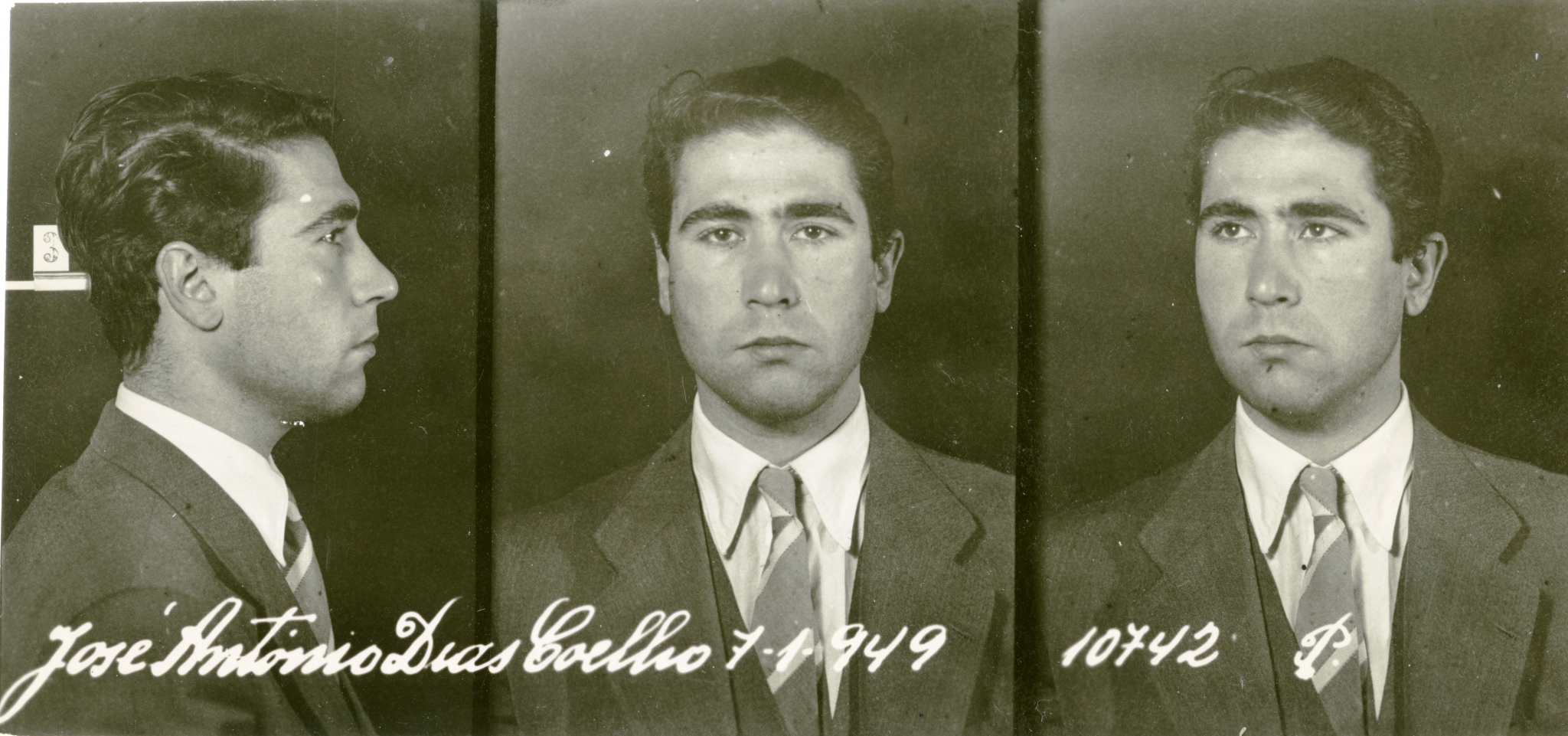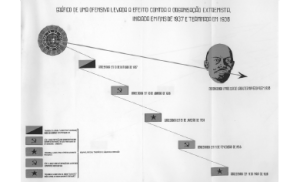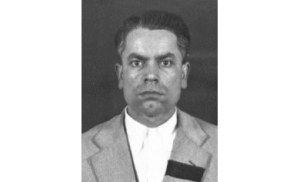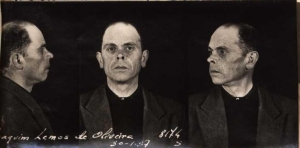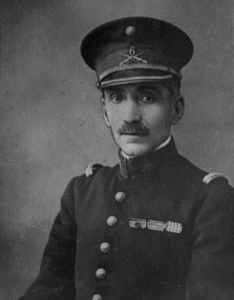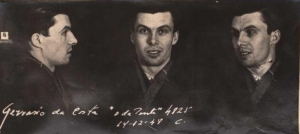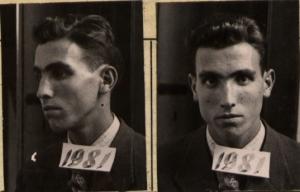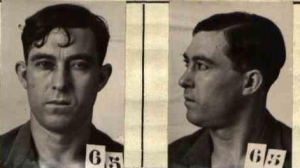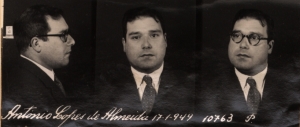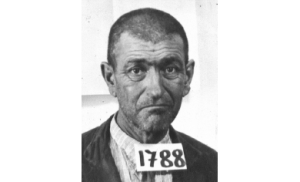José Dias Coelho
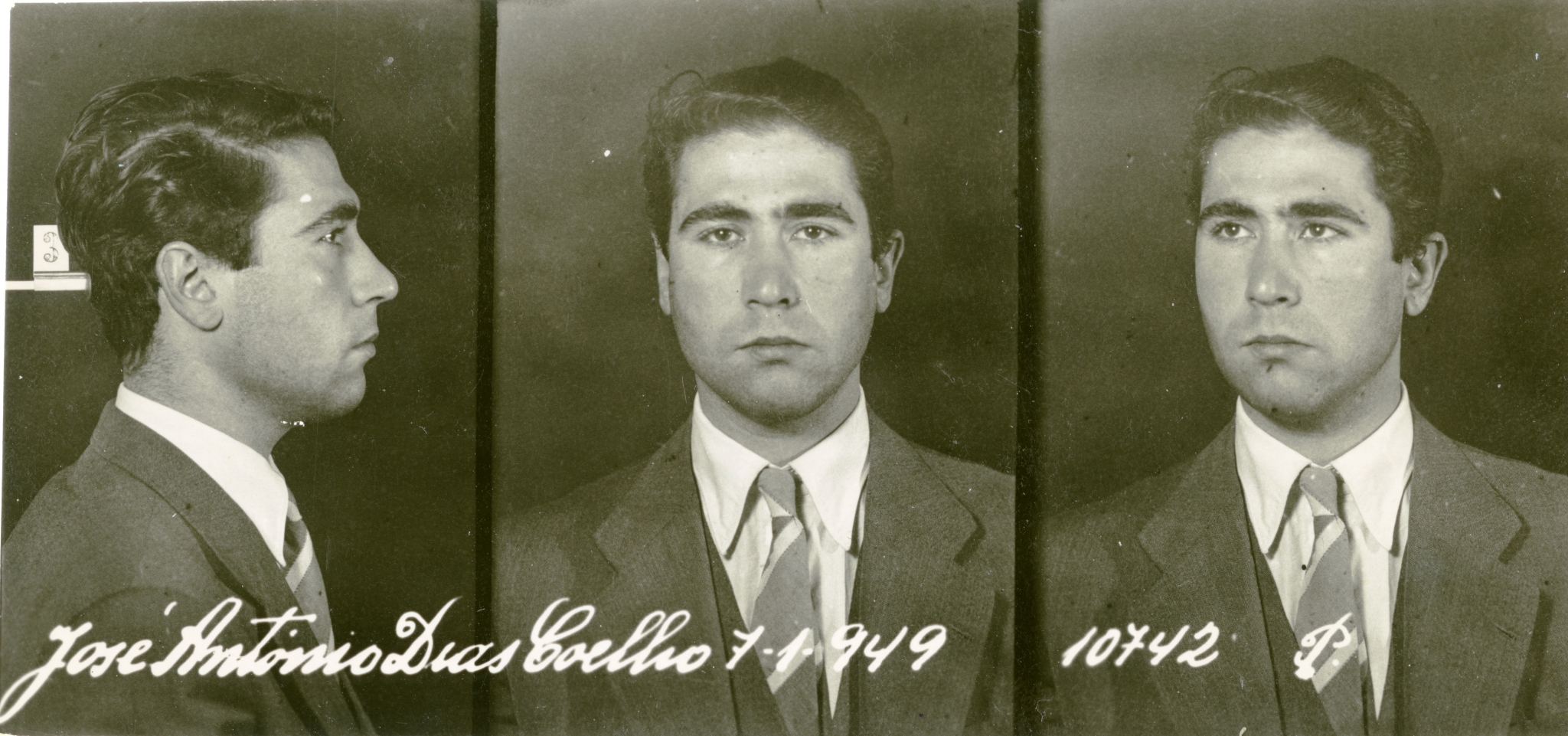
(Pinhel, 19-06-1923 – Lisbon, 19-12-1961)
José Dias Coelho was born in Pinhel, district of Guarda, and spent his childhood in Coimbra and Castelo Branco. He completed his secondary education in Lisbon and, in 1942, he enrolled in the School of Fine Arts of Lisbon, first in the course of Architecture and then of Sculpture.
He joined the Federation of Communist Youth, participated in the Anti-Fascist Academic Front, the National Anti-Fascist Unity Movement (MUNAF) and the Democratic Unity Movement (MUD), and was actively involved in the main political and student struggles of the following years. He organised and participated in the General Exhibitions of Visual Arts, an opportunity for artists who opposed the regime to exhibit their works. He joined the Portuguese Communist Party (PCP) in the late 1940s. In January 1949, he was arrested by the International and State Defence Police (PIDE), after participating in the Norton de Matos campaign, and sent to the Prison of Aljube, where he was held incommunicado for ten days.
Increasingly focused on his artistic activity, in the early 1950s, he participated in the struggles in the National Society of Fine Arts and began teaching at the Machado de Castro Industrial School, the Veiga Beirão School and the Francisco de Arruda School. In 1952, he directed the great demonstrations of the students of Fine Arts, which lead to his dismissal, for political reasons, as a professor of technical education and his expulsion from the School of Fine Arts. In addition, he was forbidden from entering any other Portuguese faculty. With an increasingly exceptional career as a painter and sculptor, Dias Coelho went underground in 1955 as an official of the PCP, leaving his artistic career behind. The Technical Office of Document Forgery (identity cards, bike licenses, driving licences, passports) was installed in the clandestine house of Dias Coelho and Margarida Tengarrinha, his wife. He was also responsible for part of the border crossing apparatus. From 1960 onwards, José Dias Coelho and Margarida Tengarrinha started making drawings, illustrations and headlines for publications such as A Voz das Camaradas and Avante!.
He was a member of the Directorate of the Regional Organisation of Lisbon and was responsible for the intellectual sector of the PCP when, in December 1961, at the age of 38, he was assassinated by the PIDE in Alcântara, Lisbon, on the street that holds his name today.
